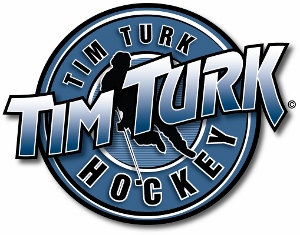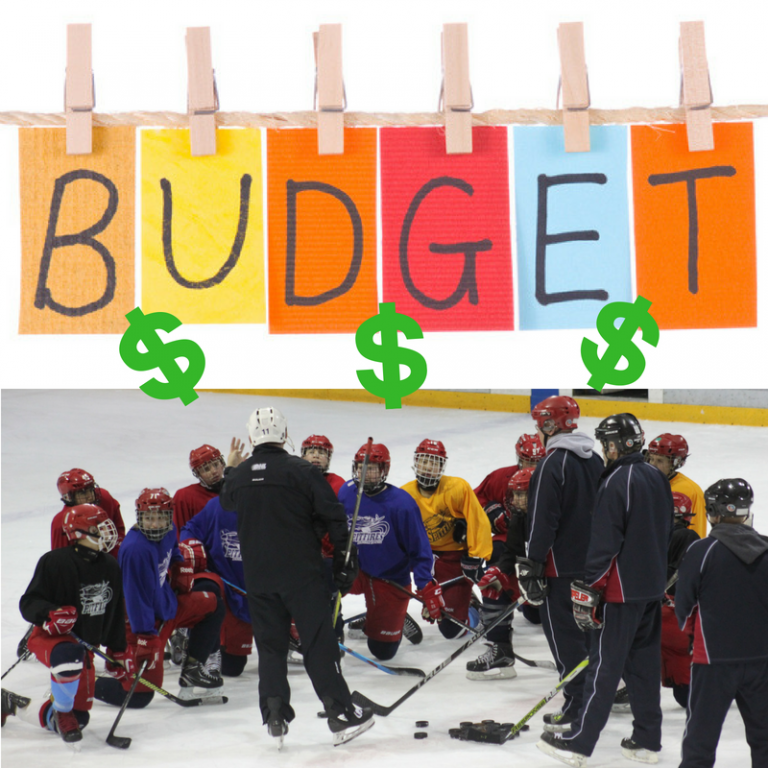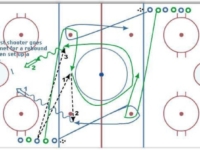There are a ton of elements that go into the smooth operation of a minor hockey team. There needs to be players to participate, parents and family members to attend the games, referees and a dedicated coach. Not to mention the amount of planning required; making practice and game schedules, registering everyone and keeping track of their information.
But one of the most important behind-the-scenes aspects of organizing and managing a minor hockey team is the budget: Where does a hockey team get their money from? Who decides how to spend it? What are the things that they spend the money on? These considerations are the responsibility of a team’s Manager or treasurer.
The team treasurer job is usually either handled by the team’s manager or has been delegated by the manager to a parent of one of the players willing to take the job. They are responsible for recording the hockey team’s income, determining where that income is best spent, estimating the team’s expenses, and making sure everything balances out in the end.
Sources of Income: Where the Money Comes From
First, there are registration fees. To play on a hockey team for the season, the parents or guardians of each participating child are required to pay a certain amount. This widely varies depending on the league and skill level. Some teams also require a development fee to register; a specific amount of money to be put towards additional hockey training sessions or camps throughout the season.
Second, the team can host fundraising events and activities, usually organized by the team’s manager. Some examples of these include game days for the kids on the team, BBQ’s or other dinner events, raffles, and bottle drives. Next to registration fees, fundraising is usually the largest source of income for minor hockey teams.
Some hockey teams are also offered to be sponsored by either a large franchise or a local business. Sponsorship involves the company offering the hockey team a bit of funds to promote their business, usually in the form of a logo being patched onto the team’s jersey.
Expenses: Where the Money Goes
One large area where teams spend money is on skill development. In certain leagues, teams have a cap on how much money they’re allowed to spend on player development, but the team treasurer usually has free reign over how their money is spent in minor hockey leagues approved by the coach.
Skill development generally involves bringing in an outside coach who specializes in a certain aspect of the game, be it shooting, skating, or stick handling. Or, it could involve the team participating in a hockey clinic or camp run by a third party outside of the league. As well, it could involve the purchasing of training programs or any other products the coach may use to aid in the development of the players on the team. In any case, skill development is going to require some cash.
Another area where team funds are spent is applying to tournaments. Playing in official tournaments is a very exciting prospect for all the kids on a minor hockey team, and ends up being the highlight of the season for many. However, they do cost a lot of money, and can take upwards of a quarter of a hockey team’s income. As well, if the tournament the kids are playing in is far away, the team may field the cost of the hotel and/or the food depending on the length of the trip.
Any team events that aren’t designated for fundraising is another source of expenses. For example, pizza nights, mini golfing, or bowling parties. Events like these can be imperative for team bonding and maintaining the happiness of the players, but they as well cost a bit of money.
Also, getting the team name and logo printed on a jersey isn’t cheap, especially when custom apparel is being supplied to every member of the team.
Finally, many teams book extra ice time for practices at the home arena where they usually play games. The cost for an hour of ice time at a local arena can be upwards of $250, so this expense adds up quickly.
Overall, the job of team treasurer is an important and not always easy. It requires many unique considerations for where the team’s money is coming from, where it should go, and in what proportions it should be spent. However, the proper spending of a minor hockey team’s budget can make a world of difference for the players: It can provide them with quality apparel, the chance to play in tournaments, and fun activities and team bonding experiences that are not only formative for their hockey skills, but also for their lives.






